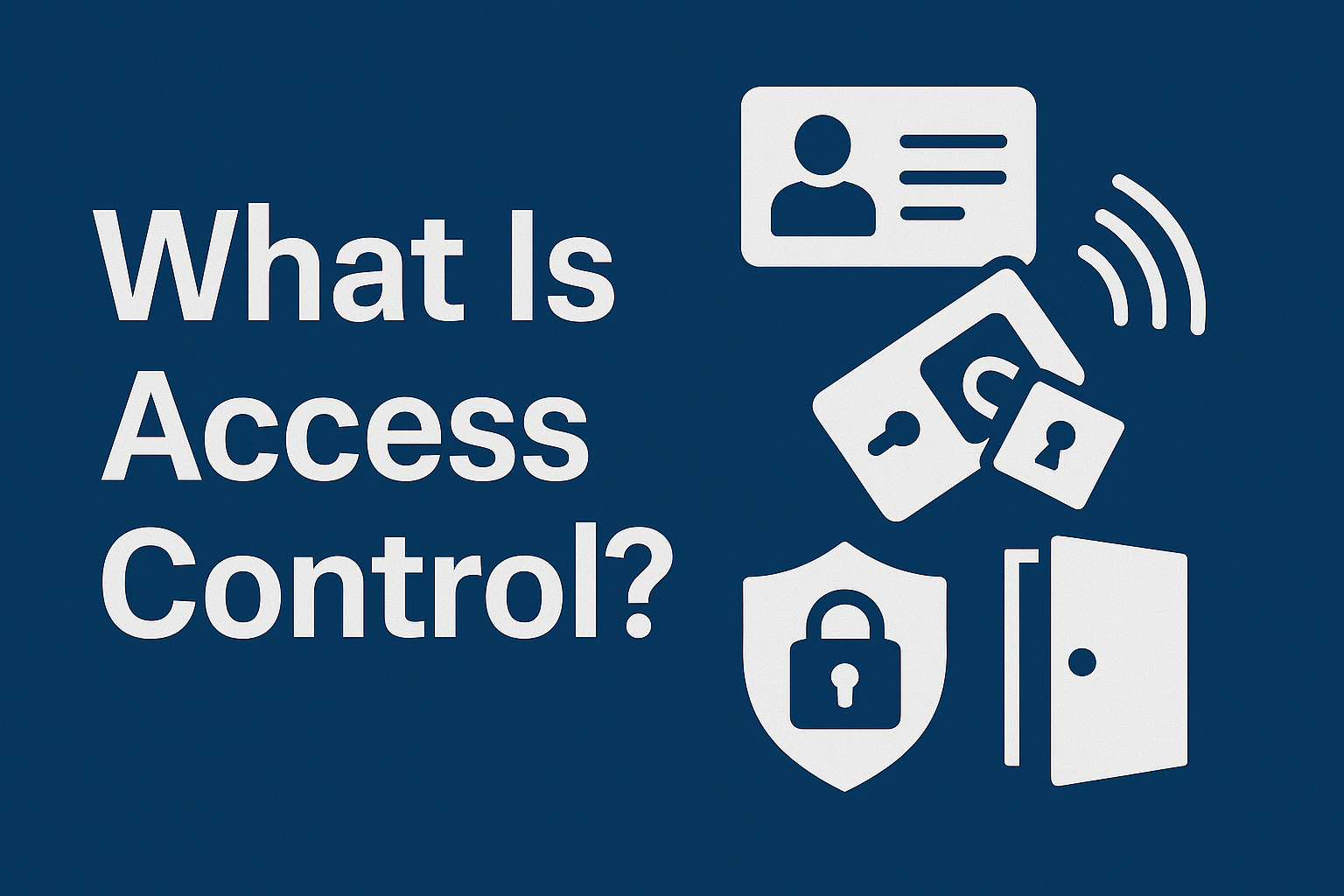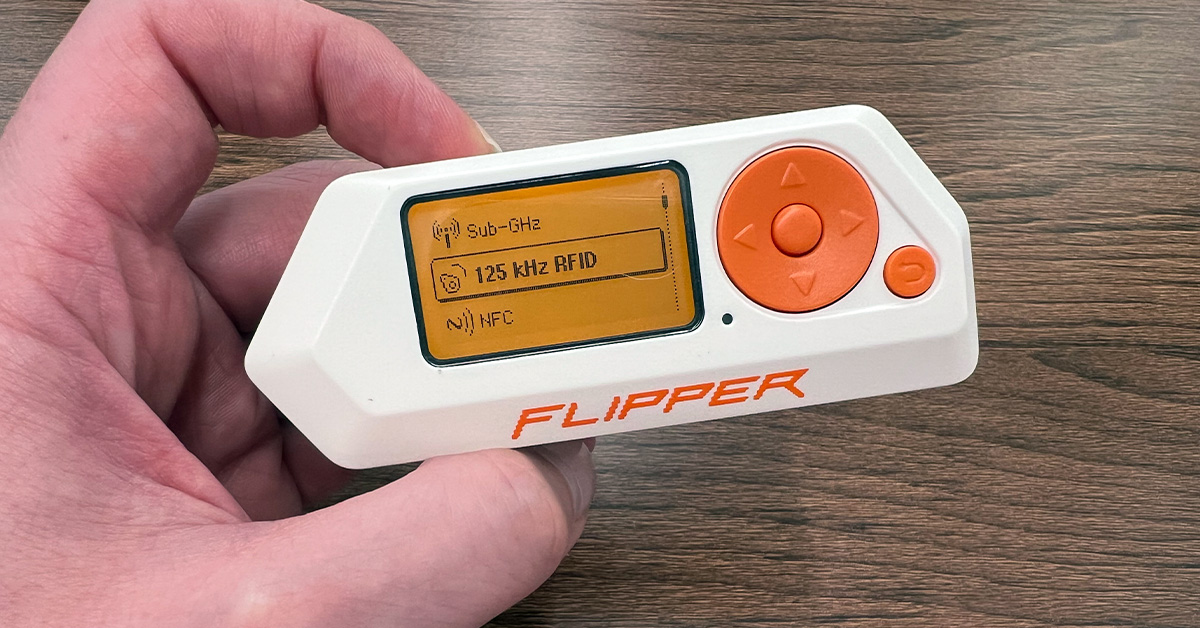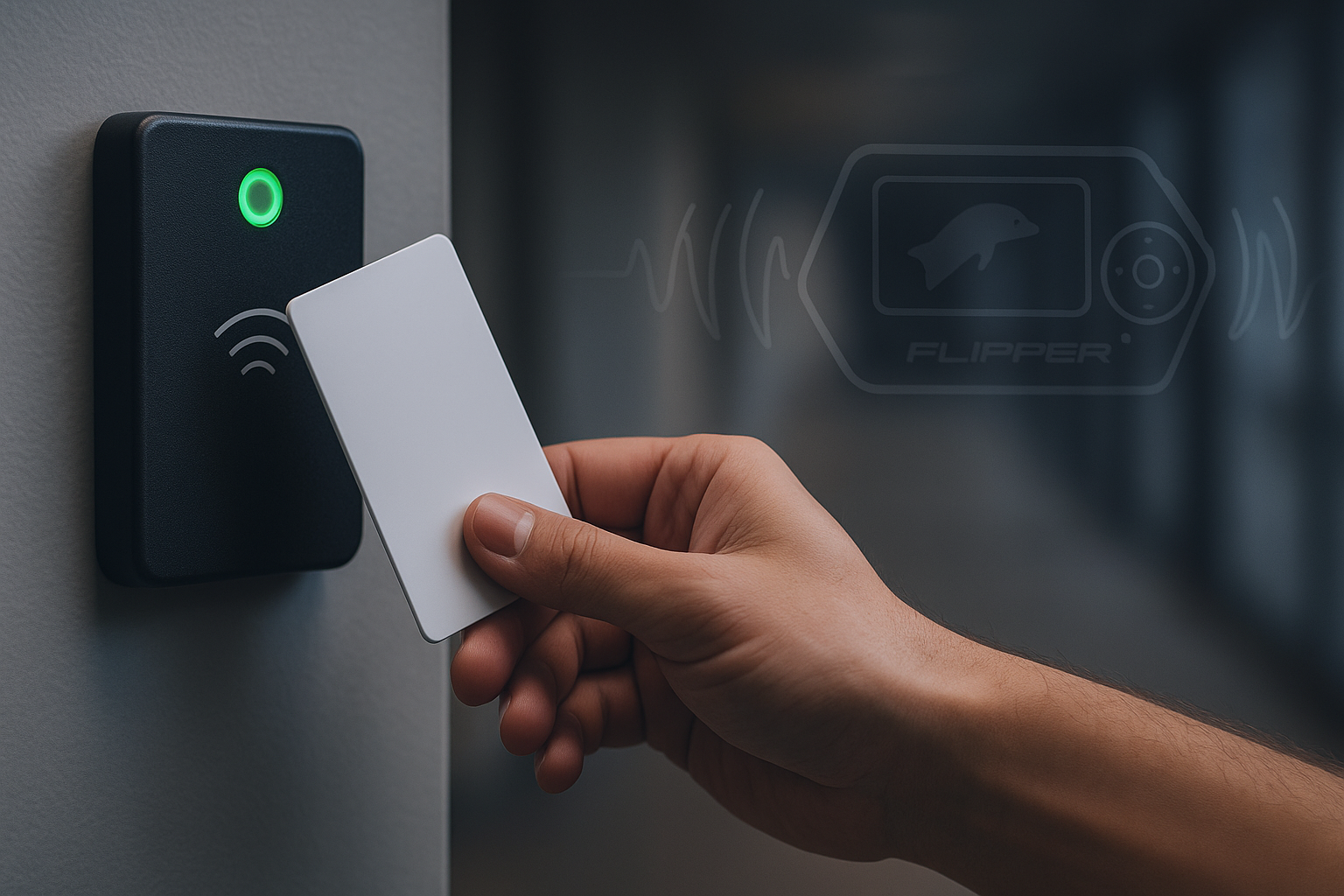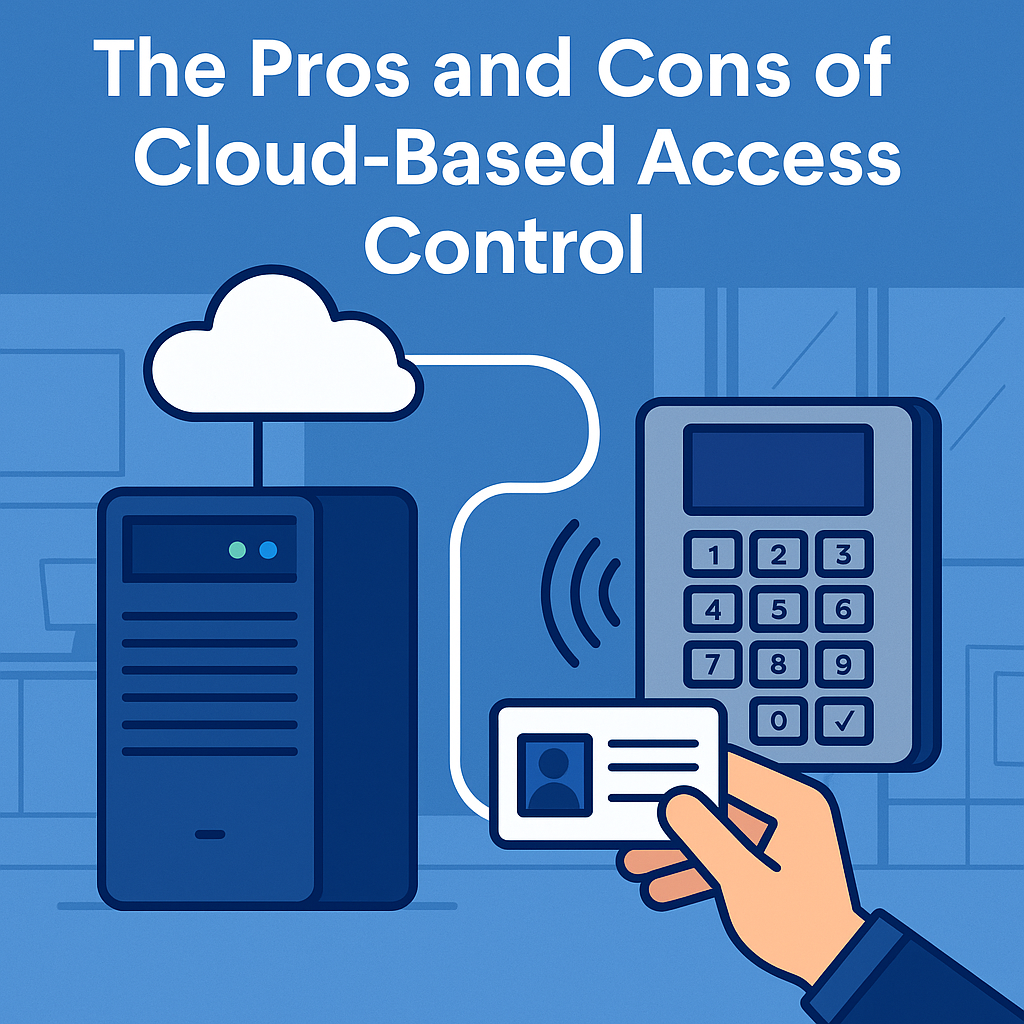What Is Access Control?
Access control is exactly what it sounds like: controlling who can access a place, system, or resource, and when they’re allowed to do it. In physical security, access control typically refers to restricting entry to buildings, rooms, or facilities to authorized individuals only. In digital security, it’s about who can log into a system or view certain data.
At J. O’Brien, we focus on physical access control — protecting real-world spaces using tools like access cards, ID badges, biometric systems, readers, and software. If you’ve ever swiped a badge to get into an office, tapped a key fob to enter a parking garage, or used your face or fingerprint to unlock a secured door, you’ve used access control.
Why Does Access Control Matter?
Access control protects people, property, and information. It prevents unauthorized access to sensitive areas, keeps track of who’s coming and going, and helps organizations stay compliant with regulations. Done right, it makes your workplace safer, smarter, and more efficient without making it feel like a fortress.
-
Security: Stops unauthorized visitors from entering restricted areas
-
Accountability: Creates a digital log of who accessed what and when
-
Efficiency: Replaces keys and manual check-in with smart automation
-
Compliance: Helps meet industry regulations in healthcare, education, government, and more
Types of Physical Access Control Systems
1. Discretionary Access Control (DAC)
The person or group in charge decides who gets access. Think of it like giving someone a spare key. It’s up to the “owner” of the space to decide who’s allowed in. Simple, but not always secure.
2. Mandatory Access Control (MAC)
Access is based on predefined policies set by an administrator, and users can’t change the rules. Common in government and military settings, MAC systems are highly structured and focused on security classification levels.
3. Role-Based Access Control (RBAC)
Access is granted based on a person’s role within the organization. For example, an HR manager might have access to employee records, while a warehouse staffer does not. RBAC is efficient and scalable for large businesses.
4. Attribute-Based Access Control (ABAC)
This approach considers multiple attributes, like time of day, location, job title, and more, before granting access. It’s flexible and highly customizable, often used in more advanced environments.
Components of an Access Control System
Physical access control isn’t a single product. It’s a system made up of several working parts, all integrated to control entry and exit.
-
Credentials: Access cards, key fobs, mobile credentials, or biometrics (like fingerprints or facial recognition)
-
Readers: Devices mounted at entry points that scan credentials and send data to the controller
-
Controllers: The brains of the operation that decide whether to allow or deny access
-
Locks and barriers: Electromagnetic locks, electric strikes, turnstiles, or gates that physically control access
-
Software: Where the admin sets permissions, views logs, manages credentials, and monitors activity
Access Control in Action
Imagine a corporate office with multiple departments. Each employee has a badge that allows access only to their designated area. Visitors check in at the front desk using a self-service kiosk, where they scan their ID, get screened against a watchlist, and receive a temporary badge. Doors throughout the building unlock only for authorized personnel, and the entire system logs every access event in real time. That’s access control — streamlined, secure, and seamless.
Choosing the Right Access Control System
The best access control system is the one that fits your space, your people, and your goals. Here are a few questions to consider:
-
How many doors or entry points do you need to secure?
-
How many users will need credentials?
-
Do you need multi-site or cloud-based access?
-
What are your compliance requirements (HIPAA, GDPR, CJIS, etc.)?
-
Do you want to integrate with other systems, like video surveillance or visitor management?
At J. O’Brien, we don’t just sell systems, we design solutions. We’ll work with you to assess your needs, recommend the right technologies, and provide ongoing support to keep your facility secure and running smoothly.
Let’s Build Smarter Access Together
Whether you need a simple badge-in solution or a fully integrated access control system with mobile credentials and biometric options, we’re here to help.
Contact us today to learn how J. O’Brien can help you take control of your facility, one secure entry at a time.





